Earlier this month, we talked about a piece of not-so-helpful advice celebrated author Haruki Murakami gave to a fan about what makes a great writer. Murakami just his write-in website this month, though, and given that he’s sort of new at dishing out direct advice to his admirers, maybe we should cut him a little slack while he’s still getting the hang of it.
Then again, we’re not sure even the most experienced advice columnists could come up with considerate and helpful responses to some of the oddball questions Murakami has been getting. Thankfully, even if he can’t always help out those who write to him, he can at least give a laugh to everyone else who reads his responses. Even better, if you act quickly, you could ask him a question of your own, even if you don’t speak Japanese.

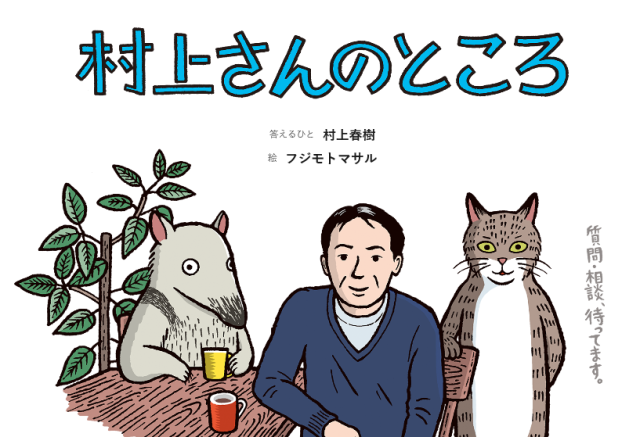

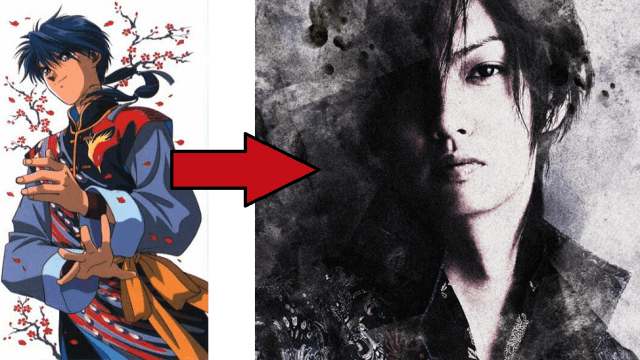

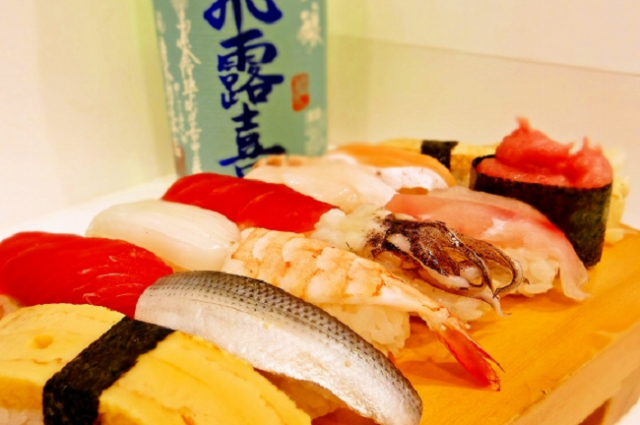
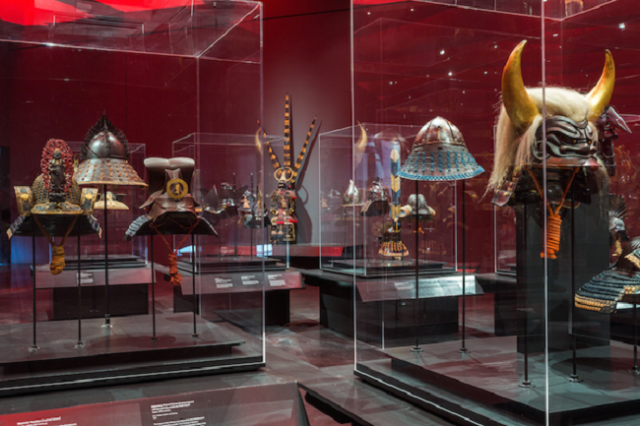
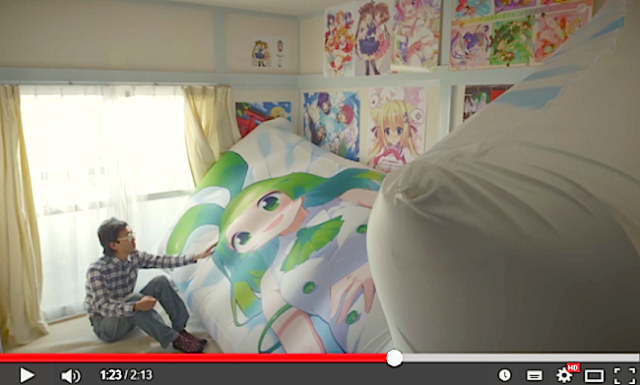

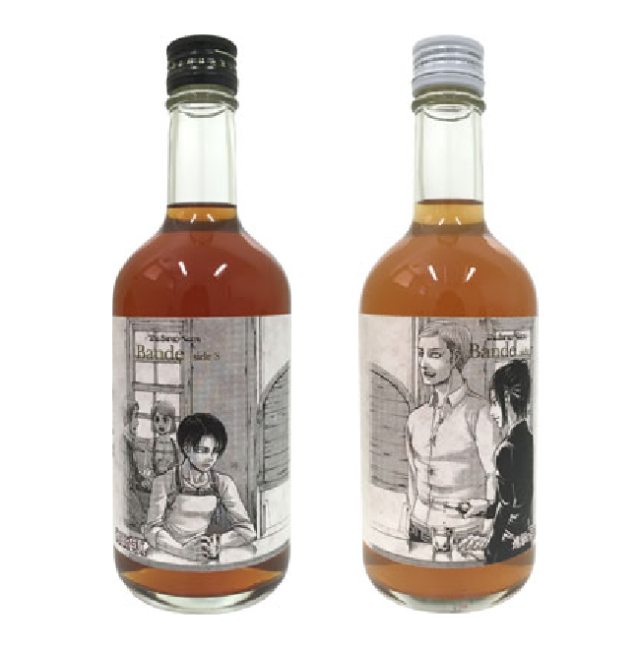
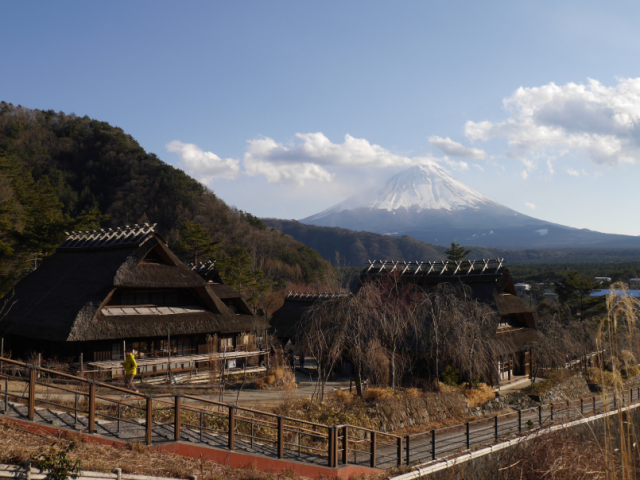

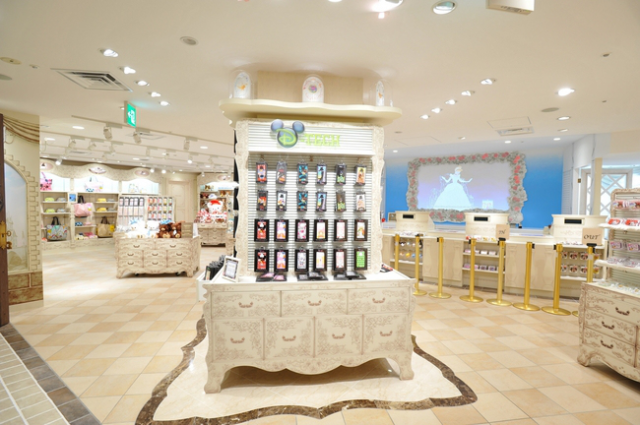
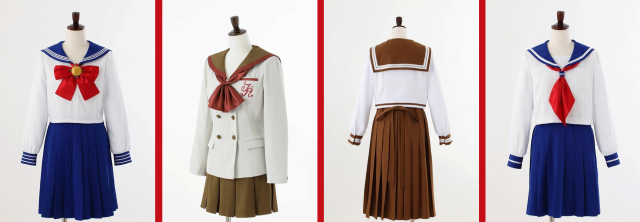
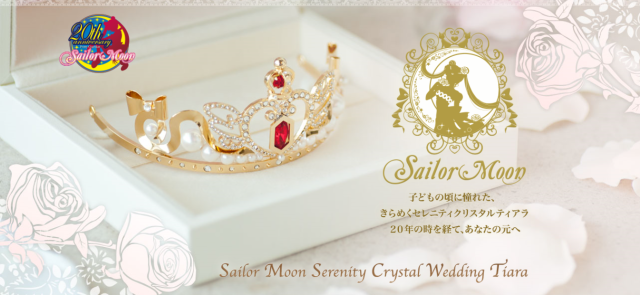
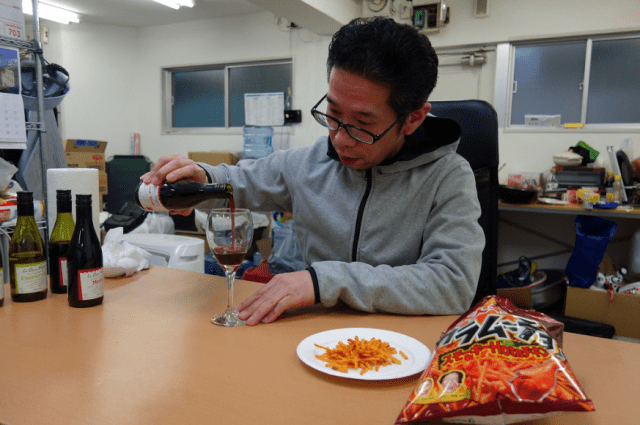
 Starbucks teams up with 166-year-old Kyoto doll maker for Year of the Horse decorations【Photos】
Starbucks teams up with 166-year-old Kyoto doll maker for Year of the Horse decorations【Photos】 7-Eleven Japan starts new temporary luggage storage service in over 300 branches
7-Eleven Japan starts new temporary luggage storage service in over 300 branches Is this the most relaxing Starbucks in Japan?
Is this the most relaxing Starbucks in Japan? Tokyo’s Tsukiji sushi neighborhood asks tour groups to stay away for the rest of the month
Tokyo’s Tsukiji sushi neighborhood asks tour groups to stay away for the rest of the month Street Fighter Hadouken Churros to be launched and eaten in Tokyo, Okami pudding on offer too
Street Fighter Hadouken Churros to be launched and eaten in Tokyo, Okami pudding on offer too Japanese avoiding domestic travel as foreign tourists increase, possibly creating vicious cycle
Japanese avoiding domestic travel as foreign tourists increase, possibly creating vicious cycle Start saving room now – Japanese grocery store’s biggest sushi roll yet is coming for Setsubun
Start saving room now – Japanese grocery store’s biggest sushi roll yet is coming for Setsubun 7-Eleven Japan gets into the sort-of-freshly baked pizza home delivery business【Video】
7-Eleven Japan gets into the sort-of-freshly baked pizza home delivery business【Video】 How to make epic pancakes with your Japanese rice cooker
How to make epic pancakes with your Japanese rice cooker Dragon Quest Slime toys appear at McDonald’s Japan in crossover with Grimace and pals【Video】
Dragon Quest Slime toys appear at McDonald’s Japan in crossover with Grimace and pals【Video】 More Shinkansen trains being added to Japan’s “golden route” to meet traveler demand
More Shinkansen trains being added to Japan’s “golden route” to meet traveler demand Japanese woman mistaken for bear
Japanese woman mistaken for bear Return of Totoro sequel short anime announced for Ghibli Park
Return of Totoro sequel short anime announced for Ghibli Park Starbucks Japan quietly slips fans another Christmas present with Joyful Medley Strawberry Milk Tea
Starbucks Japan quietly slips fans another Christmas present with Joyful Medley Strawberry Milk Tea Japanese man who didn’t know how banks work defrauded out of 21 million yen
Japanese man who didn’t know how banks work defrauded out of 21 million yen Gundam and Reebok team up for new GQuuuuuuX Pumps【Photos】
Gundam and Reebok team up for new GQuuuuuuX Pumps【Photos】 Japan’s human washing machines will go on sale to general public, demos to be held in Tokyo
Japan’s human washing machines will go on sale to general public, demos to be held in Tokyo Starbucks Japan unveils new Christmas goods and a rhinestone tumbler that costs 19,500 yen
Starbucks Japan unveils new Christmas goods and a rhinestone tumbler that costs 19,500 yen Real-world Nausicaa Ghibli anime glider completes its final flight in Japan【Video】
Real-world Nausicaa Ghibli anime glider completes its final flight in Japan【Video】 Japanese train company is letting fans buy its actual ticket gates for their homes
Japanese train company is letting fans buy its actual ticket gates for their homes Is China’s don’t-go-to-Japan warning affecting tourist crowds in Tokyo’s Asakusa neighborhood?
Is China’s don’t-go-to-Japan warning affecting tourist crowds in Tokyo’s Asakusa neighborhood? The 10 best day trips from downtown Tokyo【Survey】
The 10 best day trips from downtown Tokyo【Survey】 Tokyo considering law requiring more trash cans following litter increase in heavily touristed area
Tokyo considering law requiring more trash cans following litter increase in heavily touristed area Nintendo’s Kirby now delivering orders at Kura Sushi restaurants, but not in Japan
Nintendo’s Kirby now delivering orders at Kura Sushi restaurants, but not in Japan Tokyo event lets you travel back in time, for free, to celebrate 100 years since Showa era start
Tokyo event lets you travel back in time, for free, to celebrate 100 years since Showa era start A guide to visiting Sagamiko Illumination, one of the three biggest light-ups in Kanto
A guide to visiting Sagamiko Illumination, one of the three biggest light-ups in Kanto Survey asks foreign tourists what bothered them in Japan, more than half gave same answer
Survey asks foreign tourists what bothered them in Japan, more than half gave same answer Japan’s deadliest food claims more victims, but why do people keep eating it for New Year’s?
Japan’s deadliest food claims more victims, but why do people keep eating it for New Year’s? We deeply regret going into this tunnel on our walk in the mountains of Japan
We deeply regret going into this tunnel on our walk in the mountains of Japan Studio Ghibli releases Kodama forest spirits from Princess Mononoke to light up your home
Studio Ghibli releases Kodama forest spirits from Princess Mononoke to light up your home Major Japanese hotel chain says reservations via overseas booking sites may not be valid
Major Japanese hotel chain says reservations via overseas booking sites may not be valid Put sesame oil in your coffee? Japanese maker says it’s the best way to start your day【Taste test】
Put sesame oil in your coffee? Japanese maker says it’s the best way to start your day【Taste test】 The top 10 annoying foreign tourist behaviors on trains, as chosen by Japanese people【Survey】
The top 10 annoying foreign tourist behaviors on trains, as chosen by Japanese people【Survey】 No more using real katana for tourism activities, Japan’s National Police Agency says
No more using real katana for tourism activities, Japan’s National Police Agency says Starbucks Japan reveals new sakura drinkware collection, inspired by evening cherry blossoms
Starbucks Japan reveals new sakura drinkware collection, inspired by evening cherry blossoms Japanese avoiding domestic travel as foreign tourists increase, possibly creating vicious cycle
Japanese avoiding domestic travel as foreign tourists increase, possibly creating vicious cycle Start saving room now – Japanese grocery store’s biggest sushi roll yet is coming for Setsubun
Start saving room now – Japanese grocery store’s biggest sushi roll yet is coming for Setsubun 7-Eleven Japan gets into the sort-of-freshly baked pizza home delivery business【Video】
7-Eleven Japan gets into the sort-of-freshly baked pizza home delivery business【Video】 How to make epic pancakes with your Japanese rice cooker
How to make epic pancakes with your Japanese rice cooker Dragon Quest Slime toys appear at McDonald’s Japan in crossover with Grimace and pals【Video】
Dragon Quest Slime toys appear at McDonald’s Japan in crossover with Grimace and pals【Video】 Japanese Cabinet to officially announce new romanization spelling recommendation next week
Japanese Cabinet to officially announce new romanization spelling recommendation next week More people in Japan quit sending New Year’s cards and many have started to regret it
More people in Japan quit sending New Year’s cards and many have started to regret it Japanese town suing resident for being a jerk
Japanese town suing resident for being a jerk Tokyo adding new anti-littering fines in Shibuya and Harajuku, will require more trash cans too
Tokyo adding new anti-littering fines in Shibuya and Harajuku, will require more trash cans too Five different ways to say “children” in Japanese
Five different ways to say “children” in Japanese Final Fantasy Chocobo and Dragon Quest Slime street sweets on sale in Tokyo【Taste test】
Final Fantasy Chocobo and Dragon Quest Slime street sweets on sale in Tokyo【Taste test】 New Ranma 1/2 fashion bag lineup is 100-percent retro anime stylish【Photos】
New Ranma 1/2 fashion bag lineup is 100-percent retro anime stylish【Photos】 Five beautiful pylon designs that belong in Japan
Five beautiful pylon designs that belong in Japan